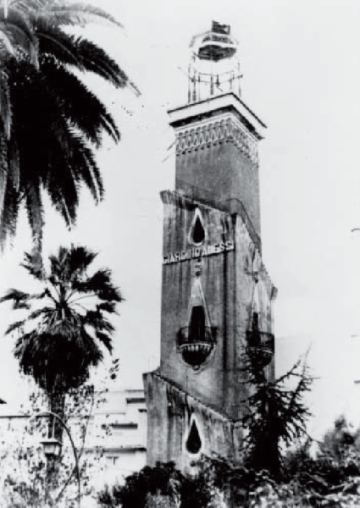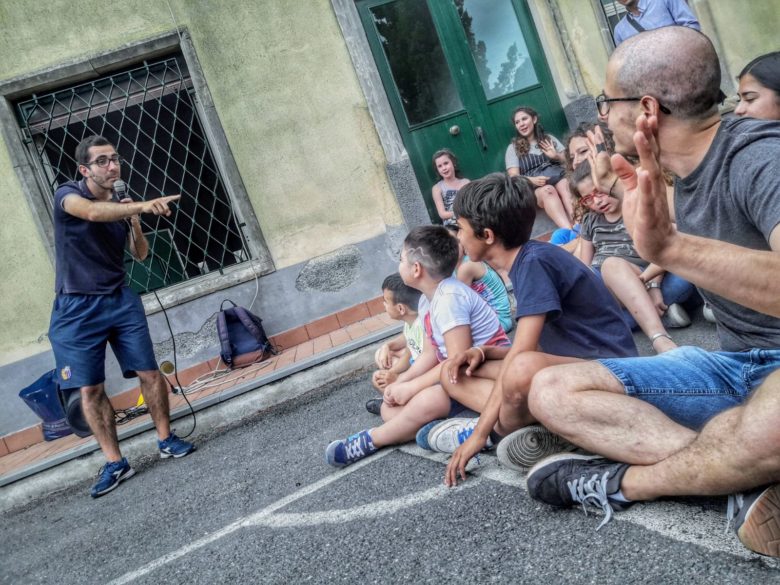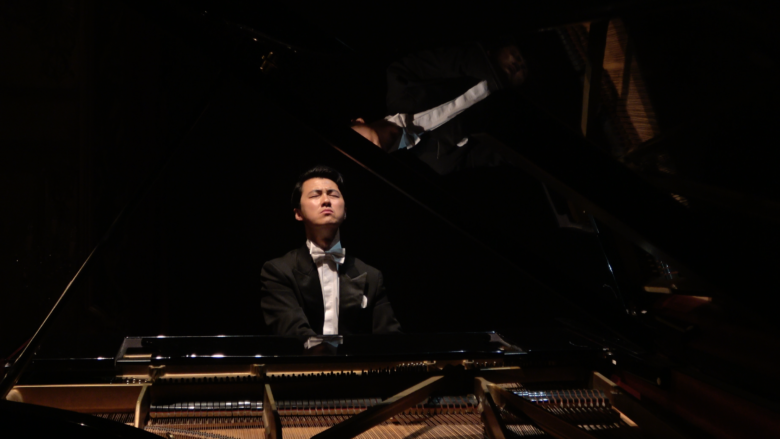It was soaring in the city until the mid-60s. Today, the “Torre Alessi” street remains the only testimony of this singular structure that stood precisely on that portion of territory
The main Italian cities can still boast of possessing the highest and most imposing towers of the Peninsula. Just think of the famous and leaning Tower of Pisa, immortalized in the photographs of many tourists who imagine having fun to support it, or the two main towers of Bologna, the Torre degli Asinelli and the Garisenda, also pending but less elevated than its adjoining companion. Each of them is an expression of the splendor of an era in which art, in all its forms, was one of the many ways to manifest power. However, few people know that even from this point of view Catania had nothing to envy to other cities. The past, unfortunately, does not tell us a good story: from the mid-60s of the last century, the only tower that was present in the city has no longer existed. We are talking about the “Torre Alessi”, which inspired Vitaliano Brancati’s Lost Years.
THE ARCHITECT FROM MILAN. The current toponymy of Catania includes Via Torre Alessi among its sometimes bizarre names. It connects Via Salvatore Paola with Via Federico Ciccaglione, near the Botanical Garden. The name of this street is the last testimony of the singular structure that stood precisely on that portion of territory. The area to which we are referring was once used as a citrus orchard and belonged to the Alessi family. Even at that time, it was certainly not infrequent that water was scarce to irrigate the fields, so the owners of this land decided to entrust the construction of a large collection tank to the architect Carlo Sada. For a better functioning of this hydraulic system, Sada, who was well known in the city for his works, decided to insert the tank in a tower that would allow to regulate the inflow of water. And that is how a structure about 35 meters high came to light, not counting the metal top part, which was composed of four floors: the first was a dovecote, the second served as a pool, the third did not have a precise destination and the fourth was used as a panoramic terrace.

THE LOST YEARS. The eclectic taste of the architect led him to conceive an architectural element that was avant-garde from a technological point of view, considering the function to which the tower was used, but which was also aesthetically worthy of note. The result was precisely a structure with exotic features, which fully responded to the canons of the Liberty of Catania, enriched by a whole series of elements, such as an external spiral staircase and an iron dome that the writer Brancati described very well in his Lost Years: «The green spire in Moorish style was supported by nine columns. Beneath the terrace, the architrave was painted in gold, and the frieze, embroidered with oblong spheres, glistened with the green sea». Ultimately, the Torre Alessi could be considered as one of the wonders of the city, if only for the splendid panorama that could be enjoyed from its terrace and which became a source of income for the owners. It seems, in fact, that at the end of the 800s citizens and tourists could access there by buying a ticket.
THE ECONOMIC BOOM. Over time the Torre Alessi was protagonist of sad events too. According to the sources, it is clear that during the Second World War were registered cases of people who let themselves fall on deaf ears, right from the highest part of the structure. Passing from owner to owner, at the end of the conflict it passed through period of decline, until fate manifested itself in all its cruelty. At the beginning of the 60s, the Tower, now abandoned, was involved in the demolition process that would have paved the way to the imposing residential buildings which still dot the neighborhood where the structure was located. Not only this particular example of the Catanese art was demolished, but it was also, and above all, its memory. Nobody, or almost talk about the exotic taste tower that was the pride of a people in constant turmoil anymore.
Translated into English by Eva Luna Mascolino



